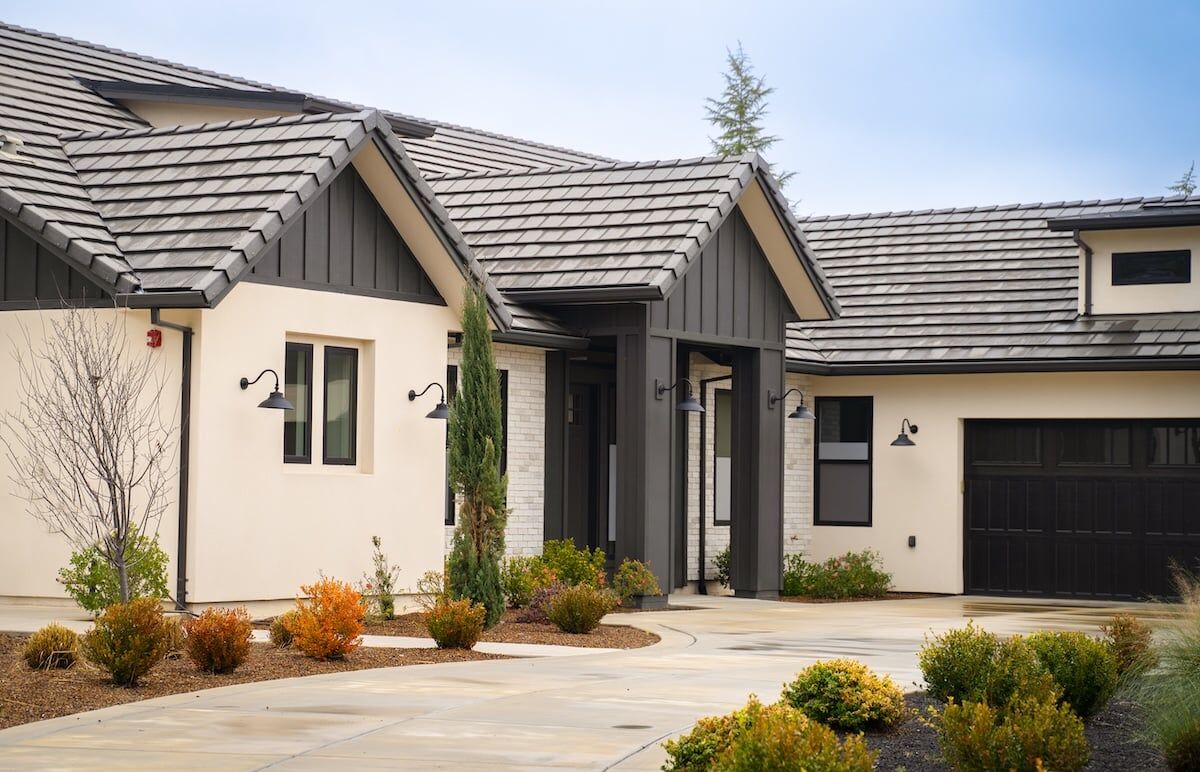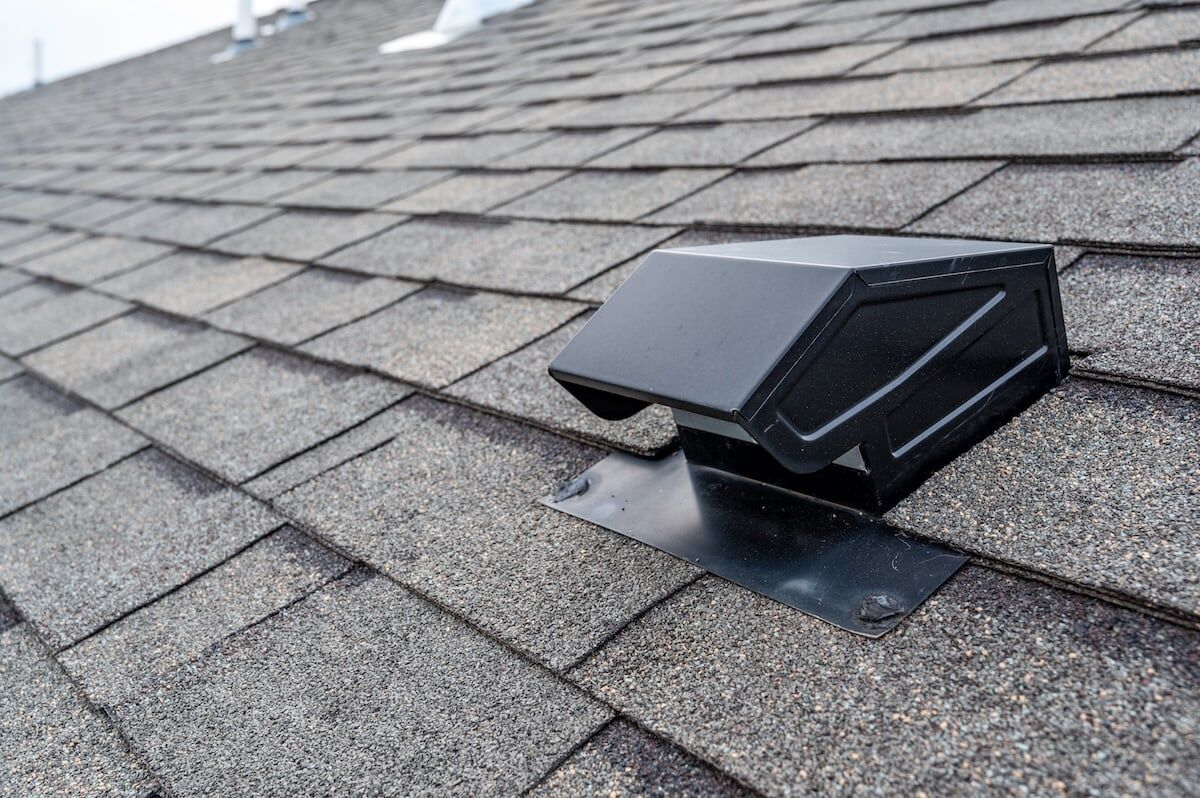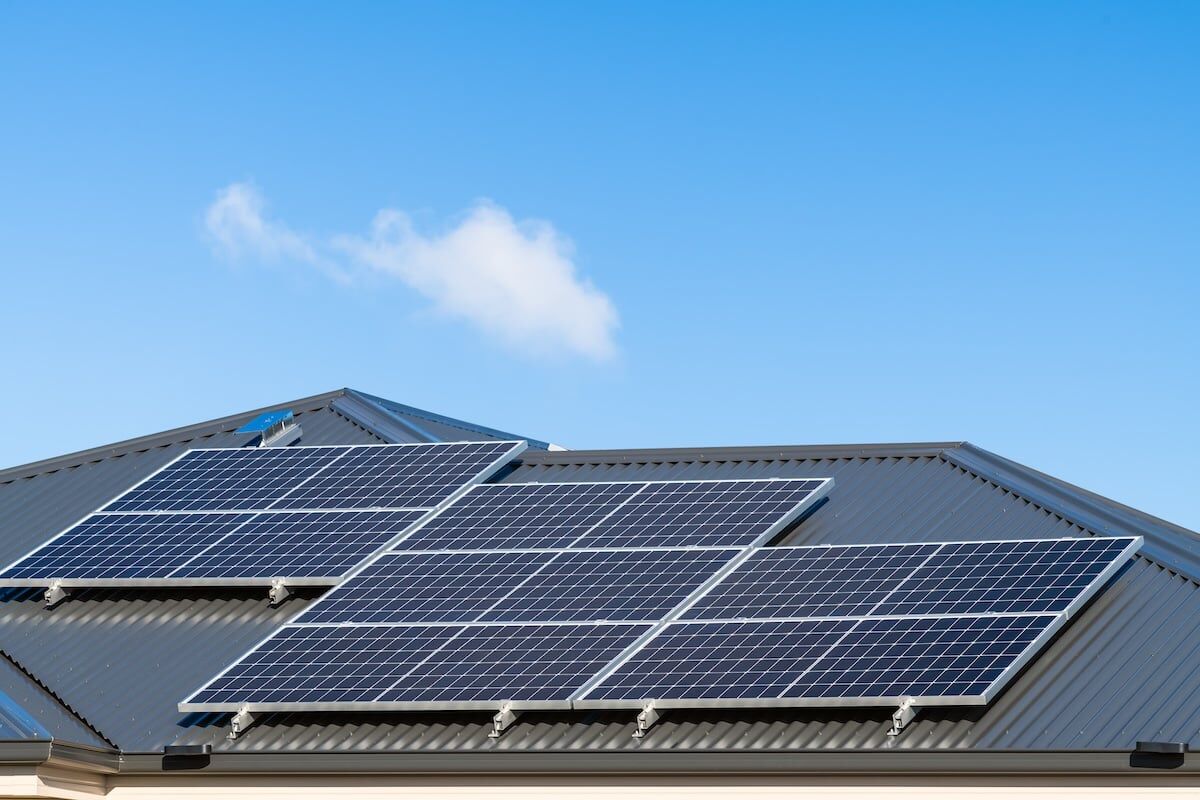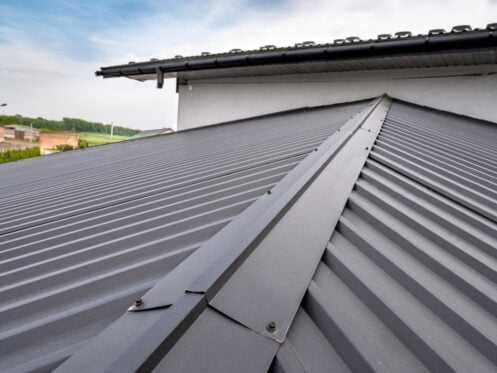In 2025, roof energy efficiency is more than just a home improvement trend—it’s a critical factor in reducing utility costs, increasing comfort, and protecting your home from premature wear. An energy-efficient roof actively works to regulate your home’s temperature, lower strain on your HVAC system, and reduce your environmental footprint. Whether you are building new, replacing your roof, or simply looking for smart upgrades, understanding how your roof impacts energy performance is essential to making the best investment.
In this guide, we’ll break down:
- What makes a roof energy-efficient: The materials, colors, and features that matter most
- How to improve your current roof’s performance: Upgrades that work without full replacement
- The benefits you’ll see: Energy savings, increased comfort, and higher home value
💡 What Makes a Roof Energy-Efficient?
A roof’s energy efficiency is determined by how well it resists heat transfer and helps maintain stable indoor temperatures throughout the year. This performance is influenced by several interrelated factors.
Key Factors That Impact Efficiency
- Reflectivity: Light-colored or cool-coated materials reflect more sunlight, reducing heat absorption and keeping attic temperatures lower in summer.
- Ventilation: A well-ventilated attic allows hot air to escape, lowering cooling costs and reducing humidity levels that can damage the structure.
- Insulation: Proper insulation beneath the roof deck prevents conditioned air from escaping in winter and blocks heat intrusion in summer.
- Material type: Some roofing materials, like metal or tile, naturally resist heat transfer better than others.
When these elements are properly combined, your roof becomes a significant contributor to your home’s overall energy performance.
💪 Best Roofing Materials for Energy Efficiency
The choice of roofing material plays one of the biggest roles in how well your roof saves energy. Some materials are naturally better at reflecting heat, while others excel in insulation and longevity.

Metal Roofing
Metal roofs, especially those with reflective coatings, can dramatically improve efficiency.
- High reflectivity: Reflects sunlight rather than absorbing it, especially when paired with cool roof paint systems.
- Longevity: Lasts 40–70 years with consistent performance over time.
- Sustainability: Fully recyclable at the end of its life.
Asphalt Shingles
While traditional asphalt shingles are not highly reflective, new cool-roof shingle technologies have improved performance.
- Cool-roof options: Engineered with solar-reflective granules that lower attic temperatures.
- Affordable upgrades: Allows homeowners to improve efficiency without changing to a premium material.
Clay and Concrete Tiles
These materials are highly durable and naturally energy-efficient in warm climates.
- Thermal mass benefits: Absorb and release heat slowly, reducing temperature swings indoors.
- Airflow advantage: Space beneath the tiles allows natural ventilation.
Synthetic Roofing Materials
Modern synthetic shingles can be engineered to meet specific performance goals.
- Durability and UV resistance: Maintains performance over time with minimal degradation.
- Versatility: Available in a range of designs and colors while keeping efficiency high.
Choosing the right roofing material should be based on both your climate and your long-term energy goals.
🎨 How Roof Color Affects Energy Efficiency
The color of your roof has a direct impact on how much heat it absorbs.
- Light-colored roofs: Reflect more sunlight and keep interiors cooler in hot weather.
- Dark-colored roofs: Absorb more heat, which can be beneficial in winter but less efficient in summer.
In Indiana’s mixed climate, many homeowners opt for neutral or medium tones to balance performance across all seasons.
💨 The Role of Roof Ventilation
Ventilation is one of the most overlooked aspects of roof efficiency, but it’s essential for long-term performance.
- Reduces attic heat: Keeps cooling systems from overworking during summer.
- Prevents condensation: Avoids moisture-related problems like mold and rot.
- Extends roofing life: Minimizes heat damage to shingles and underlayment.
Common systems include ridge vents, soffit vents, and powered attic fans. A professional evaluation will determine which combination works best for your home.

👍 How Insulation Supports Efficiency
Even with reflective materials and good ventilation, a roof can’t perform efficiently without proper insulation.
Types of Roof Insulation
- Attic floor insulation: Creates a thermal barrier between living spaces and unconditioned areas.
- Spray foam insulation: Applied under the roof deck for an air-tight seal and high R-value.
- Radiant barriers: Reflect radiant heat away from the attic space, especially useful in sunny conditions.
Proper insulation also reduces the workload on your HVAC system, contributing to lower energy bills year-round.
⭐️ 5 Ways To Improve Your Roof’s Energy Efficiency in 2025
- Upgrade to energy-efficient shingles: Modern asphalt shingles with reflective granules can reduce heat absorption.
- Improve ventilation systems: Adding ridge vents or soffit vents enhances airflow and temperature control.
- Add attic insulation or radiant barriers: Helps keep interior spaces comfortable with less energy use.
- Select a lighter color during replacement: Reduces heat gain in summer months.
- Schedule regular professional inspections: Identifies small issues that can lead to efficiency loss if left unaddressed.
💵 Does an Energy-Efficient Roof Save Money?
An energy-efficient roof can deliver significant financial benefits over time.
- Lower monthly utility bills: By reducing heat gain and loss, HVAC systems work less.
- Extended equipment lifespan: Less stress on heating and cooling systems reduces repairs and replacements.
- Potential tax credits and rebates: Some upgrades qualify for incentives, further offsetting costs.
Energy efficiency improvements often add resale value, as buyers are increasingly seeking homes with lower operating expenses.

☀️ Indiana Weather and Roof Efficiency
Indiana’s climate makes roof efficiency especially valuable.
- In summer: Reflective shingles and ventilation reduce cooling demands.
- In winter: Quality insulation and air sealing keep heat indoors.
- Year-round: Balanced temperature control reduces wear and improves comfort.
A roof designed for energy performance becomes a year-round shield against both utility costs and premature aging.
👉 Why Choose Indy Roof & Restoration?
At Indy Roof & Restoration, we help homeowners choose the right solutions for long-term energy savings. Our services include:
- Expert material selection: Recommendations tailored to Indiana’s climate.
- Full installation services: Professional craftsmanship backed by warranties.
- Comprehensive inspections: Identify efficiency gaps and recommend improvements.
- Ongoing support: Maintenance and repair services to keep performance high.
We focus on roofing systems that not only protect your home but also actively improve your comfort and energy use.
✅ Ready to Boost Your Roof’s Performance?
Upgrading your roof for better energy efficiency is one of the most effective ways to improve comfort, reduce costs, and increase home value. With the right combination of materials, ventilation, and insulation, your roof can work as hard as your HVAC system in maintaining a comfortable indoor environment.
Contact Indy Roof & Restoration today to schedule your inspection and get a personalized plan for a more efficient home in 2025.

